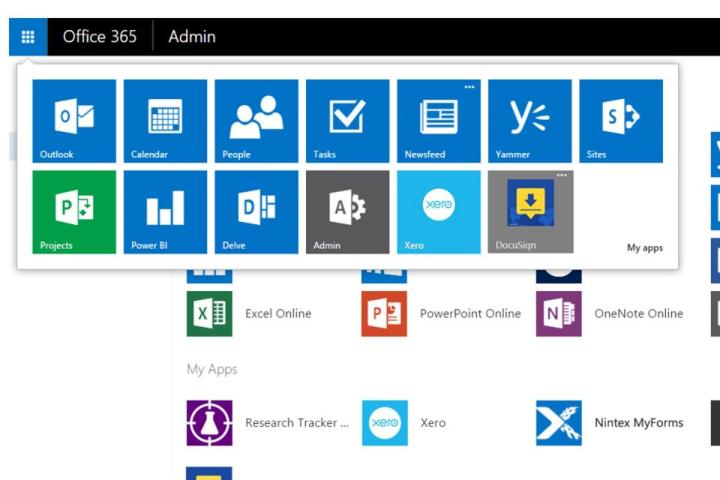
Microsoft Office, the ubiquitous productivity suite that more than a billion people use worldwide, is due for an update in the next year or so. The rumor mill hints in that direction, as does history. Microsoft Office 2007 rolled out in January 2007, Office 2010 in June 2010, and the latest incarnation of the software suite in January 2013.
Microsoft typically upgrades the software every two-and-a-half years, as evidenced by the aforementioned time-frame. A new report suggests that Microsoft doesn’t plan to mess with tradition anytime in the near future. According to Julia White, the General Manager of Office and Office 365 Marketing, the company will release Office 16 sometime in the second half of next year.
While the margin of error is quite wide, this means we could see the follow-up to Office 2013 drop as early as next July, or as late as December.
Previous whispers — interestingly enough — pegged the updated suite’s initial release for the spring of 2015, so perhaps development isn’t going as smoothly as previously believed. Alternatively, perhaps Microsoft is just taking extra time to incorporate a few added features into the package. It wouldn’t be surprising, given the latest three versions of the suite all show a three-year difference in their titles. So far, leaked photos only show minor aesthetic tweaks, such as an optional black theme for both Word and PowerPoint.
A Clippy-like, “Tell Me” support function is rumored to be on the way, giving users an easier way to ask for help compared to what’s currently offered. We also presume the software will feature a wealth of stability improvements, and tighter integration with various cloud services compared to what is currently offered.
Also, the next Office client should launch alongside Exchange Server and SharePoint Server updates, with a beta program likely accessible as early as next Spring.


